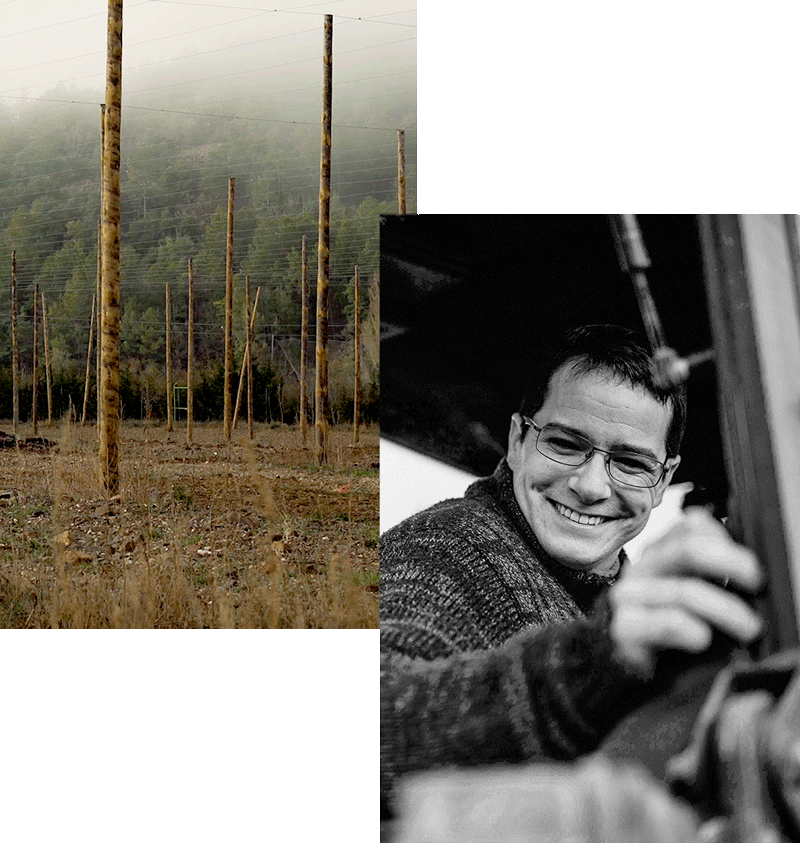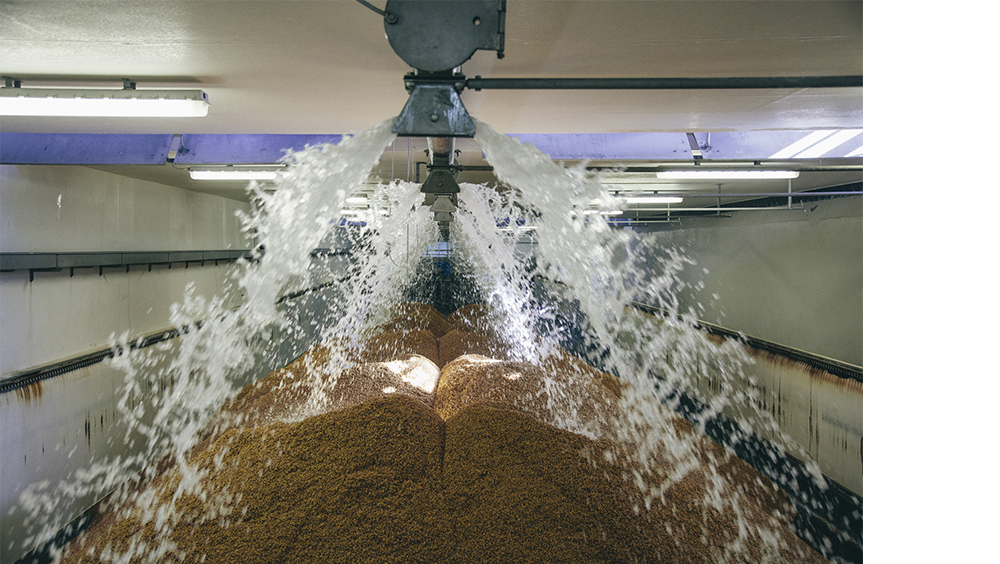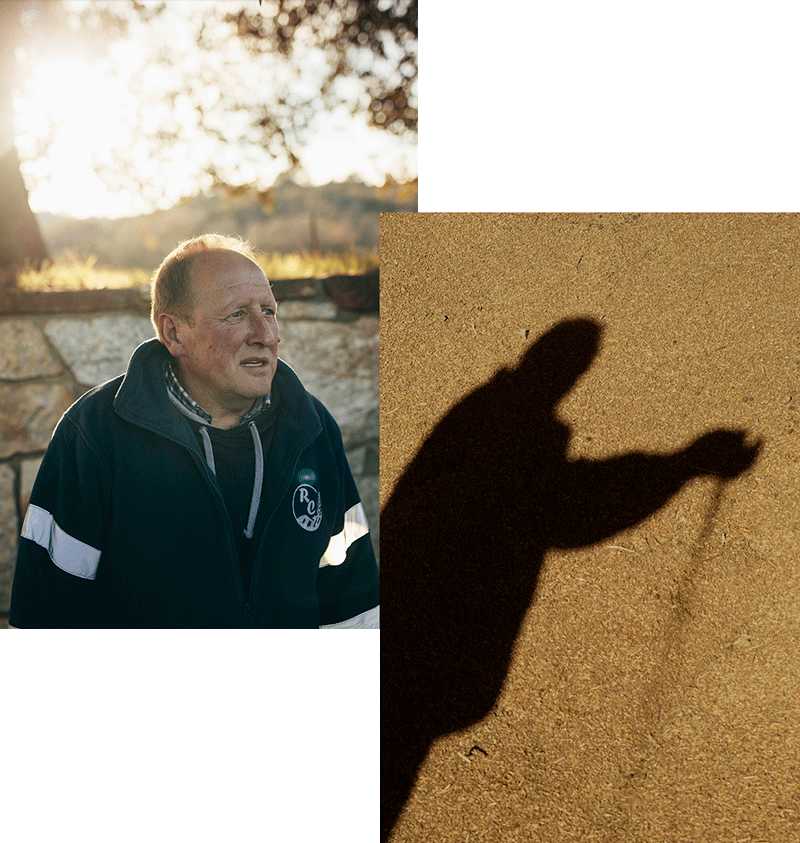Choose your country or region
- Europe
- Spain
- Catalonia
- Portugal
- United Kingdom
- International Version
Day to day – #EveryEstrellaWeMake
Beyond an Estrella: The Day-to-Day Process Begins
Drinking an Estrella on a terrace is easy… but actually making one involves a lot of hard work, in many places, by many hands. Because an Estrella cannot be made overnight. Making an Estrella is a day-to-day process: in our malt house, in the barley and rice fields, in the hop plantation and, of course, in the factory. So today we are launching this monthly series that will allow you to get up close and follow every team, every ingredient, every process and, basically, everything that happens behind the scenes of #EveryEstrellaWeMake.

Hop plantation
Preparing the field for spring
08:34 – Nobody would guess that there are hops planted here in our fields. But there are, even if all you can make out through the thick fog are rows of 6-metre high sticks jutting out from the ground. “The hop is a perennial plant, which means that it does not need to be planted every year; now, in the winter, the rhizome stays dormant underground and won’t emerge until spring,” explains C. Abella, the plantation manager. “What we will do now is plough the land to fight pests without the use of insecticides,” he adds. In addition to ploughing, this is the time of year when the land is fertilised with compost to spread nutrients that will help the plants to grow. A large quantity is needed because hops are climbing plants; they will scale the sisal rope (fully organic, biodegradable and eco-friendly) at a rate of up to 20 cm per day. “If you watch closely, you can see them grow in real time,” Abella says, only half jokingly.
"In the winter, the rhizome stays dormant underground and won’t emerge until spring"
C. Abella





Malt house
From soaking to germination: it’s time to make malt
13:14 – Water runs through germination and drying box number 4 at our malt house, which means we are filling it. The sprinklers on the ceiling spray a mix of barley and water which forms small mounds. From a certain distance, they look like damp sand. But when T. Ramo, the head of the malt house, walks over and removes a shovelful, we can clearly see that it is barley in a very early stage of germination. “After soaking for 24 hours, we leave the barley in these boxes for another 5 days until it has fully germinated, then we can dry and toast it,” he explains. Despite calling them “boxes”, they are actually rooms the size of basketball courts which can hold 232 tonnes of barley; enough to produce “about 4 million 33 cl bottles of Estrella Damm,” according to Ramo calculations.
“We keep the room under controlled conditions in terms of temperature and humidity, which are adjusted as the process progresses,” explains Ramo, who has been working with us for over 30 years. “The idea is to provide oxygen for the embryo so it can germinate and produce malt.”
"After soaking for 24 hours, we leave the barley in these boxes for another 5 days until it has fully germinated"
T. Ramo




Barley fields
Sowing the last varieties of the year
16:01 – A new day starts at the facilities of R. Camarasa, farmer and agricultural entrepreneur. Lorries, granaries, a laboratory and, of course, fields of barley and other cereals are all part of day-to-day life for Camarasa, who has been working with us for almost 40 years. “We fulfil a dual purpose here,” he explains, “on the one hand, we research new barley varieties, and on the other, we supply the local farmers with these varieties.” And, of course, after distributing the seeds among the local farmers, they buy up the harvest so they can sort it, store it and, ultimately, supply us with the perfect barley so we can continue to make Estrella.
“Now, in late January, we are just finishing sowing the last barley fields of the year,” he says, pointing at the signs that indicate the different varieties. “Although barley grains all look the same from the outside, they are very different on the inside.”
"Now, in late January, we are just finishing sowing the last barley fields of the year"
R. Camarasa




